42 Pathophysiology Of Sepsis
The pathophysiology of sepsis-2021 update: Part 1 ... Summary: Sepsis is a dysregulated response to infection that triggers cascades of interconnected systems. Sepsis has been a significant cause of mortality worldwide, and the recent viral pandemic that may produce severe sepsis and septic shock has been a major contributor to sepsis-related mortality. 6 Sepsis Long-Term Effects You May Not Know About Sepsis can cause tiny blood clots to form in the blood vessels. These prevent blood from delivering oxygen and nutrients to the tissues, which can then die and cause gangrene. If amputations are necessary, surgeons remove as little tissue as they can. However, sometimes surgeons must reoperate, removing more of the limb.
Sepsis: Symptoms, Causes, Treatment, Risks, and More Sepsis causes fever, a rapid heart rate, and difficulty breathing, among other symptoms. It's a serious condition that requires swift medical treatment. Severe sepsis can lead to septic shock, a...

Pathophysiology of sepsis
› Pathophysiology_of_sepsisPathophysiology of sepsis - BACCN PATHOPHYSIOLOGY OF SEPSIS… The pathophysiology of sepsis is complex and results from the effects of circulating bacterial products, mediated by cytokine release, caused by sustained bacteraemia. Cytokines are primarily responsible for the clinically observable effects of the bacteraemia in the host. Woman Loses Fingers After Life-threatening Condition ... Health Sepsis. A 34-year-old mother from the United Kingdom has had her fingers amputated and faces the prospect of losing her legs after a kidney stone caused sepsis which, in turn, resulted in ... Stem cell infusion improves the survival of mice with sepsis Sepsis causes an overwhelming immune response that can lead to organ failure and death. Around 20% of deaths worldwide and one-third of hospital deaths are caused by the condition.
Pathophysiology of sepsis. Sepsis - Wikipedia Severe sepsis causes poor organ function or blood flow. The presence of low blood pressure, high blood lactate, or low urine output may suggest poor blood flow. Septic shock is low blood pressure due to sepsis that does not improve after fluid replacement. Sepsis is caused by many organisms including bacteria, viruses and fungi. Diagnosis of neonatal sepsis: the past, present and future ... A combination of IL-6, sTREM-1, and PCT has been suggested, as each biomarker represents a different component in the pathophysiology of sepsis. 130 Others propose that early- and mid-phase ... Septic Shock - StatPearls - NCBI Bookshelf Pathophysiology Sepsis is a clinical state that falls along a continuum of pathophysiologic states, starting with a systemic inflammatory response syndrome (SIRS) and ending in multiorgan dysfunction syndrome (MODS) before death. The earliest signs of inflammation are heralded by the following: The Pathophysiology and Treatment of Sepsis: A Review of ... Sepsis is an infection-induced syndrome characterized by a number of symptoms and clinical signs, including fever or hypothermia, leukocytosis or leukopenia, tachycardia, and tachypnea. If organ-system failure is associated with the condition, sepsis is considered to be severe.
What Causes Sepsis, and Can You Prevent It? Sepsis is an extreme response in your body triggered by an infection you already have. It isn't actually an infection itself, but rather your immune system's response to another infection. It can lead to serious complications like organ failure, tissue damage, or even death without immediate and targeted treatment. Frontiers | Sepsis—Pathophysiology and Therapeutic ... Sepsis Pathophysiology In contrast to an uncomplicated and localized infection, sepsis is a multifaceted disruption of the finely tuned immunological balance of inflammation and anti-inflammation. What Are The Most Common Causes Of Sepsis? - 2oceansvibe ... Some Sepsis-Related Statistics. According to the World Health Organisation, sepsis is a response to infection, and is often the final cause of death for many infectious diseases. A recent study in 2017 estimated that there were 48.9 million cases and 11 million sepsis-related deaths worldwide. This accounts for around 20 percent of global deaths. The Pathophysiology and Treatment of Sepsis: A Review of ... The mortality rate in the placebo group was 38%; the mortality rate in patients with sepsis and organ dysfunction who received 1 of 2 doses of tissue factor pathway inhibitor for a 96-hour period was 30%. Thus, there was an approximately 25% reduction in mortality in those patients. In addition, the sicker patients saw greater benefit.
Frontiers | Understanding and Managing Sepsis in Patients ... Pathophysiology of Sepsis in Cancer Patients Sepsis-Related Immunosuppression. Sepsis is an extremely complicated process in which several situations may occur and lead to a persistent immunosuppression and hyperinflammation. On the one hand, ... Sepsis in Elderly Adults: What To Know For older adults, the most common causes of sepsis are respiratory, genitourinary, or bloodstream infections. For instance, urinary sepsis in the elderly is when a UTI infection escapes into the bloodstream. Or pneumonia sepsis elderly patients have an infection that entered from the lungs but has since spread. Pathophysiology of sepsis. | Physician's Weekly The emphasis on sepsis pathophysiology has moved away from the pathogen - the initiating factor - and instead is focussed upon the abnormal and exaggerated host response. Instead of targeted eradication of the infection, the host response activates or suppresses multiple downstream pathways, leading to multiple organ dysfunction. What is the Connection Between Pneumonia and Sepsis? The early stages of sepsis may have few symptoms, but it can eventually cause nausea, vomiting, dizziness, and fever. Pneumonia can cause trouble breathing, wheezing, coughing, and excess mucus production. Septic shock usually causes a severe drop in blood pressure along with all other symptoms.
What is the Pathophysiology of Sepsis? (with pictures) The pathophysiology of sepsis is determined by the type, severity, and duration of the condition, and can affect the body in a multitude of ways. Sepsis is a disease known as a systemic inflammatory response syndrome (SIRS) and has several possible causes, may affect a variety of different types of human tissue, and can result in a variety of adverse outcomes if not treated correctly and swiftly.
What is sepsis? | Sepsis | CDC In a typical year: At least 1.7 million adults in America develop sepsis. Nearly 270,000 Americans die as a result of sepsis. 1 in 3 patients who dies in a hospital has sepsis. Sepsis, or the infection causing sepsis, starts outside of the hospital in nearly 87% of cases.
What are the Causes of Sepsis? (with pictures) The different causes of sepsis are bacteria, fungus, parasites or viruses. These causes of sepsis result in infections that start in one area of the body and, due to the body's response, spread to other areas. Some of the most common infection sites are the bladder, brain and kidneys. Other common sites include the liver, lungs and skin.
What is the pathophysiology of sepsis? - Medscape Lipid A and other bacterial products release cytokines and other immune modulators that mediate the clinical manifestations of sepsis. Interleukins, tumor necrosis factor (TNF)-α, interferon gamma...
Sepsis | Acute Management | ABCDE | Geeky Medics A heart rate >130 beats per minute is considered a red flag for sepsis. Blood pressure. Hypotension is also a common clinical feature of sepsis. A systolic blood pressure of less than or equal to 90 mmHg or a drop of greater than 40 mmHg from the patient's normal blood pressure are considered red flags for sepsis. Capillary refill time
Sepsis and Septic Shock: Nursing Care Management - Study Guide The pathophysiology of sepsis involves an evolving process. The following shows the process of how sepsis works its way inside of our body. Microorganisms invade the body tissues and in turn, patients exhibit an immune response. The immune response provokes the activation of biochemical cytokines and mediators associated with an inflammatory response.
Sepsis—Pathophysiology and Therapeutic Concepts Sepsis Pathophysiology In contrast to an uncomplicated and localized infection, sepsis is a multifaceted disruption of the finely tuned immunological balance of inflammation and anti-inflammation. The upregulation of pro- and anti-inflammatory pathways leads to a system-wide release of cytokines, mediators, and pathogen-related molecules, resulting in activation of coagulation, and complement cascades ( 5 ).
Pathophysiology of sepsis. - Abstract - Europe PMC The emphasis on sepsis pathophysiology has moved away from the pathogen - the initiating factor - and instead is focussed upon the abnormal and exaggerated host response. Instead of targeted eradication of the infection, the host response activates or suppresses multiple downstream pathways, leading to multiple organ dysfunction.
What Are The Causes Of SIRS What are the 6 signs of sepsis? Fever and chills. Very low body temperature. Peeing less than usual. Fast heartbeat. Nausea and vomiting. Diarrhea. Fatigue or weakness. Blotchy or discolored skin.
Roles of Coagulation Abnormalities and Microthrombosis in ... SIC is a pragmatic scoring system composed of platelet count, prothrombin time, and organ dysfunction score to detect the early-stage of sepsis-associated DIC. Since overt DIC represents an uncompensated coagulation disorder, a two-step approach using SIC and overt DIC criteria is a novel strategy to evaluate the severity and manage this challenging complication.
Pathophysiology of Sepsis - Signa Vitae The pathophysiology of sepsis is complex. Previously, it was believed that sepsis was simply an exaggerated, hyperinflammatory response with patients dying from inflammation-induced organ injury.
Stem cell infusion improves the survival of mice with sepsis Sepsis causes an overwhelming immune response that can lead to organ failure and death. Around 20% of deaths worldwide and one-third of hospital deaths are caused by the condition.
Woman Loses Fingers After Life-threatening Condition ... Health Sepsis. A 34-year-old mother from the United Kingdom has had her fingers amputated and faces the prospect of losing her legs after a kidney stone caused sepsis which, in turn, resulted in ...
› Pathophysiology_of_sepsisPathophysiology of sepsis - BACCN PATHOPHYSIOLOGY OF SEPSIS… The pathophysiology of sepsis is complex and results from the effects of circulating bacterial products, mediated by cytokine release, caused by sustained bacteraemia. Cytokines are primarily responsible for the clinically observable effects of the bacteraemia in the host.
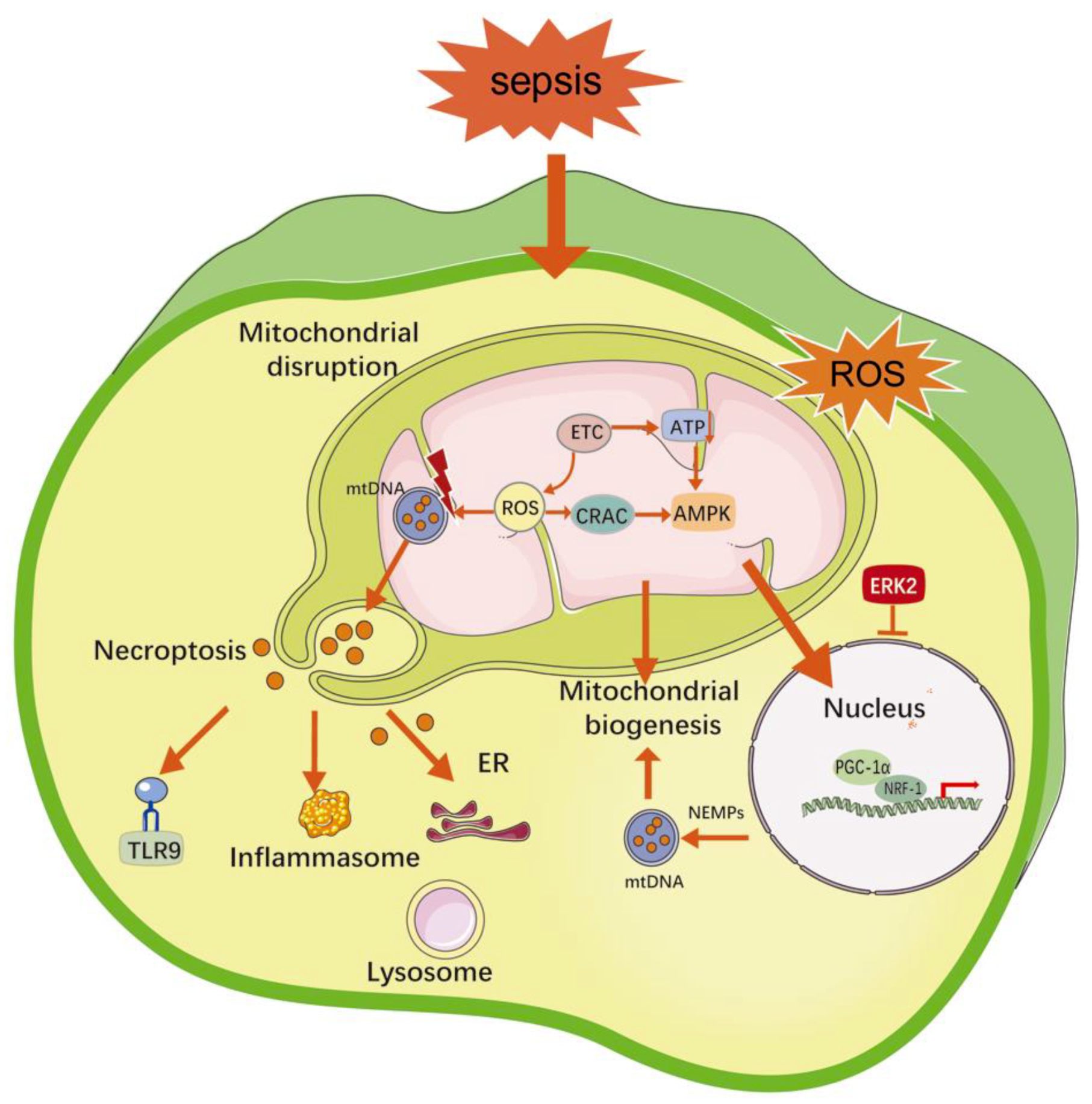
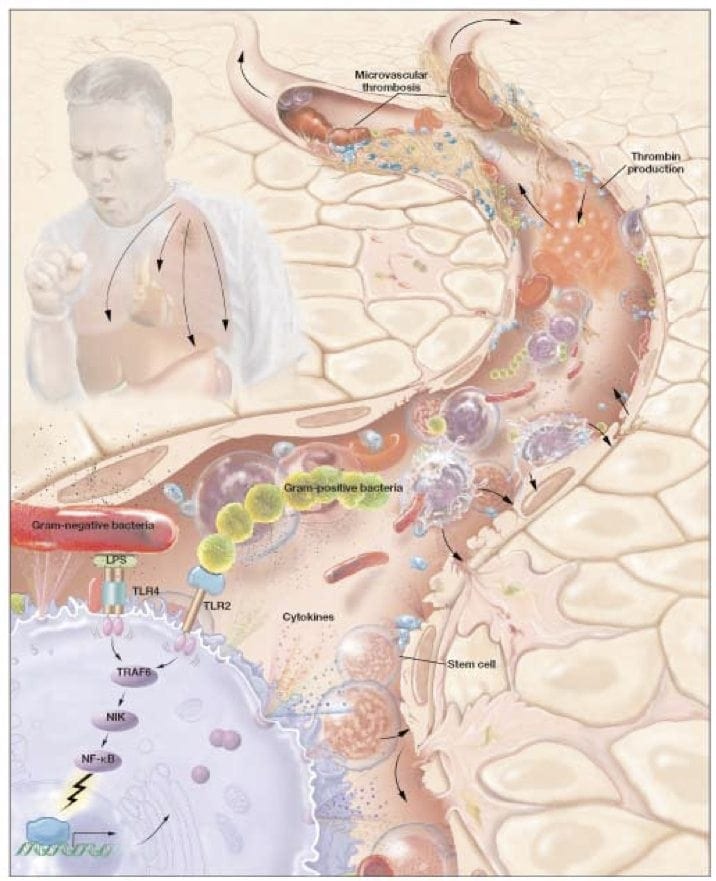

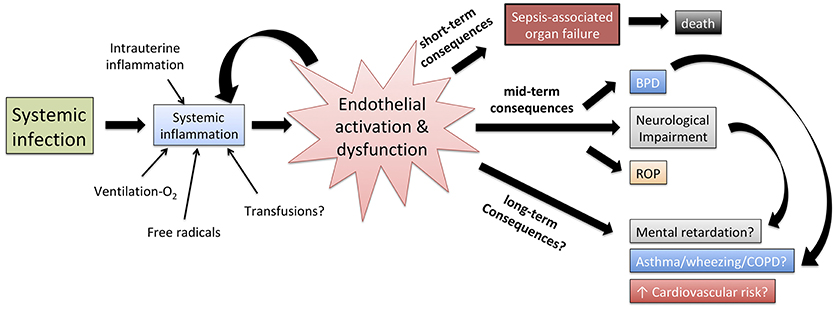
.jpg)



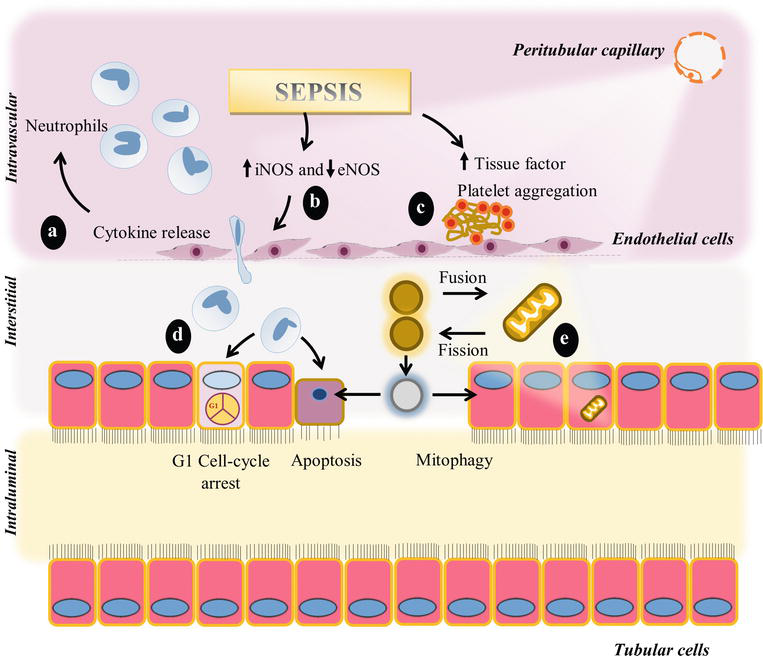






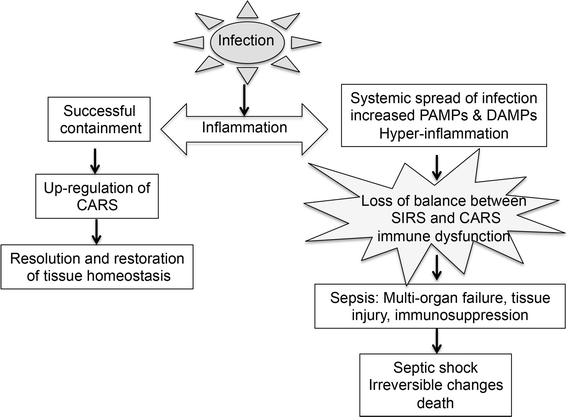
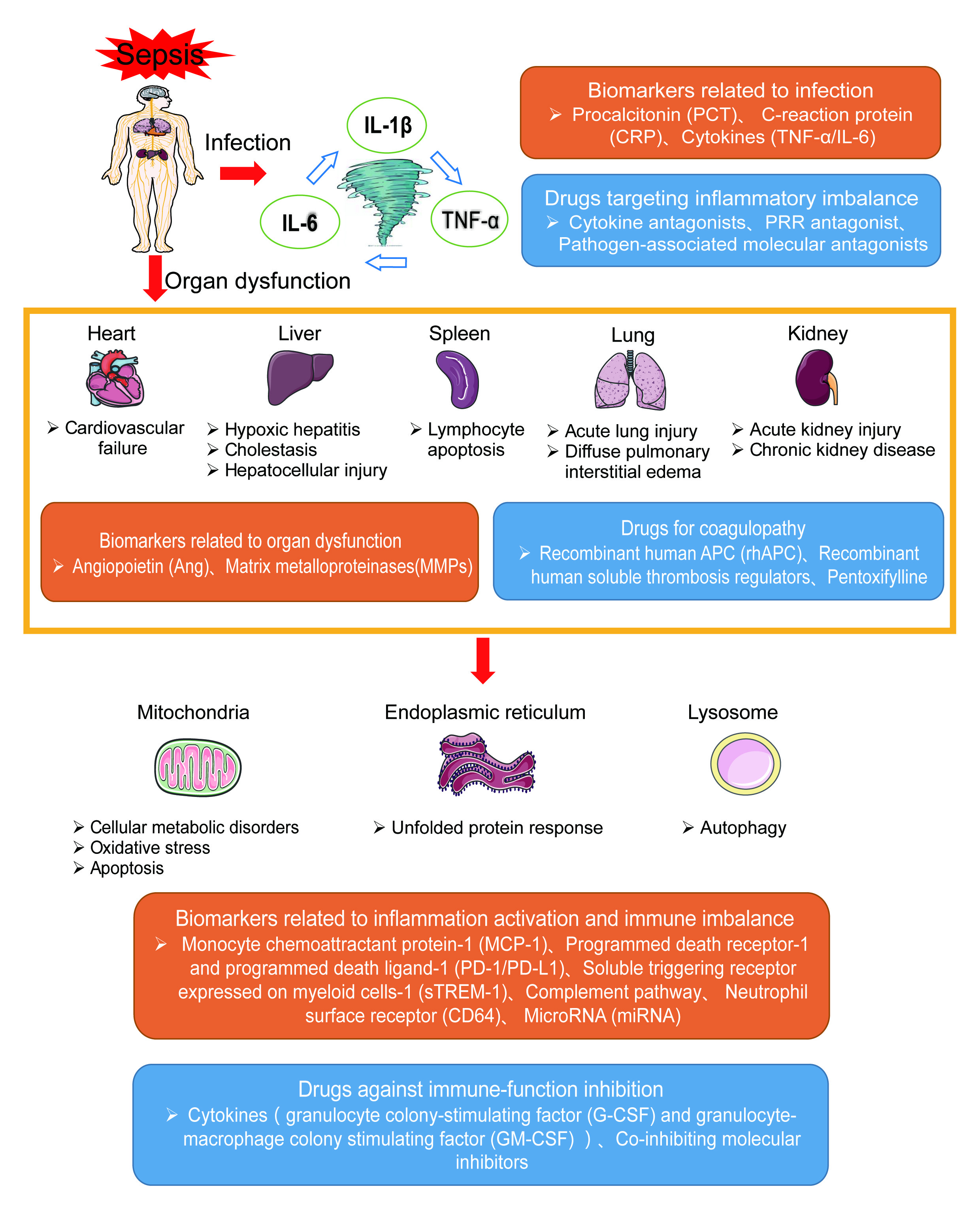
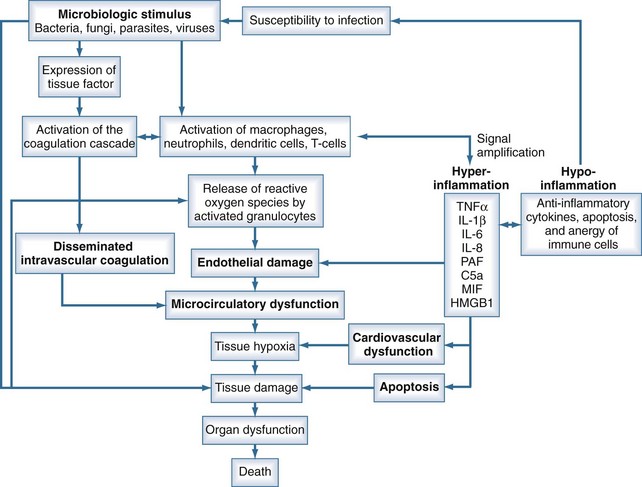
![PDF] Changing Definitions of Sepsis. | Semantic Scholar](https://d3i71xaburhd42.cloudfront.net/85a934e9f2eac6c267e6cfeb656f7dd60a1ece62/3-Figure1-1.png)
![Severe Sepsis [MOD] | Pathophysiology nursing, Severe sepsis ...](https://i.pinimg.com/originals/d4/22/70/d42270847c779b79301ecca93ffdbacf.jpg)
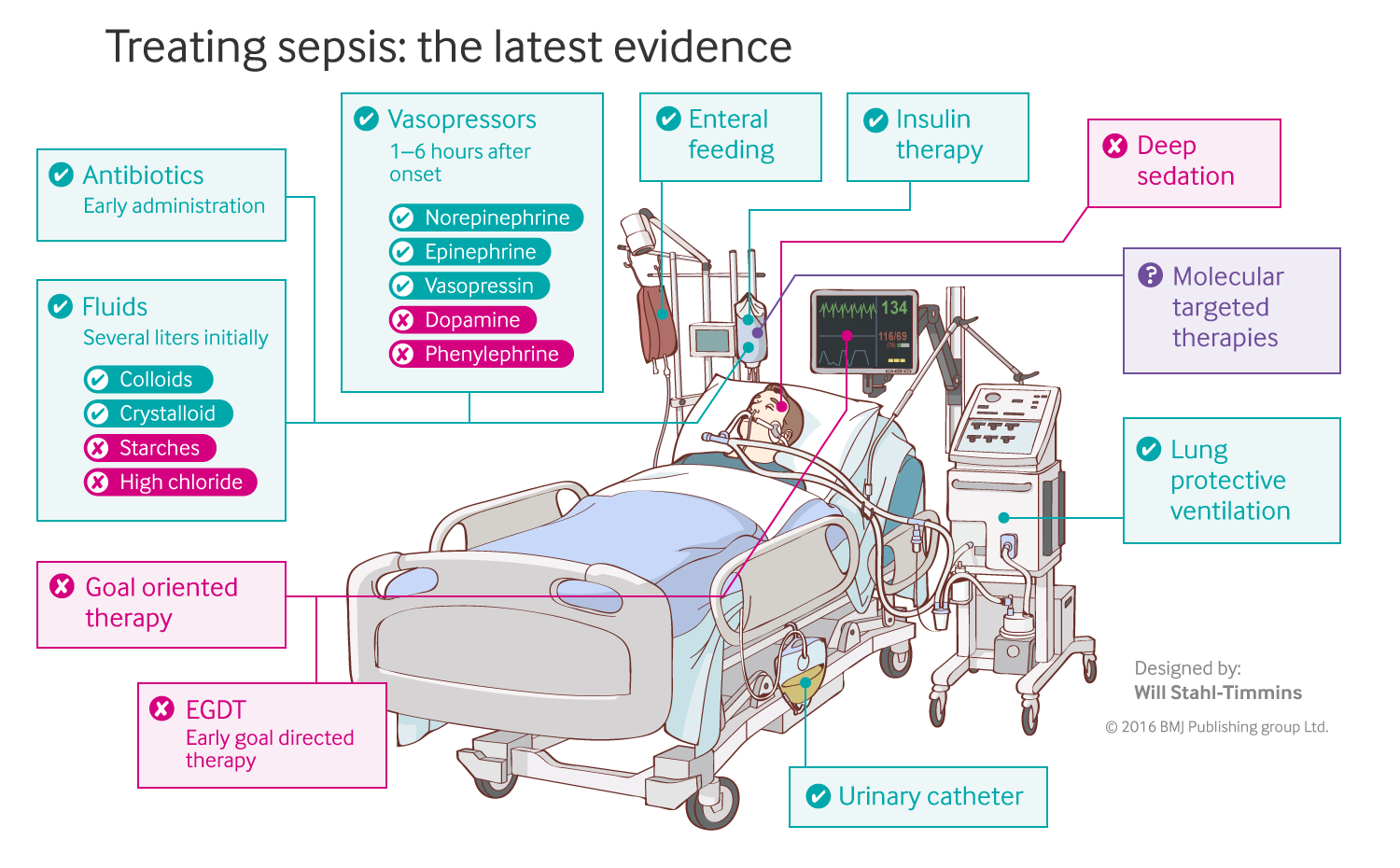

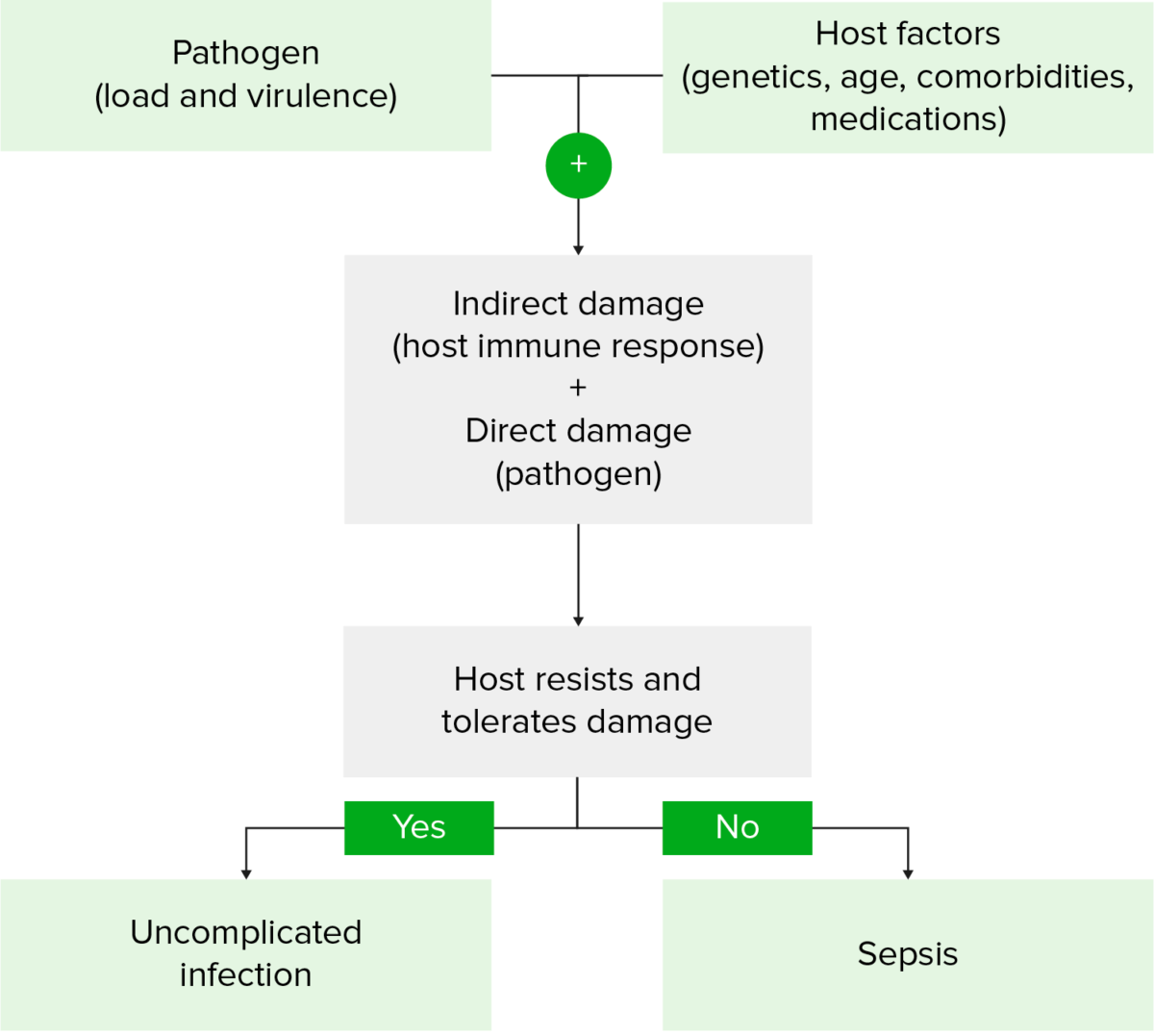
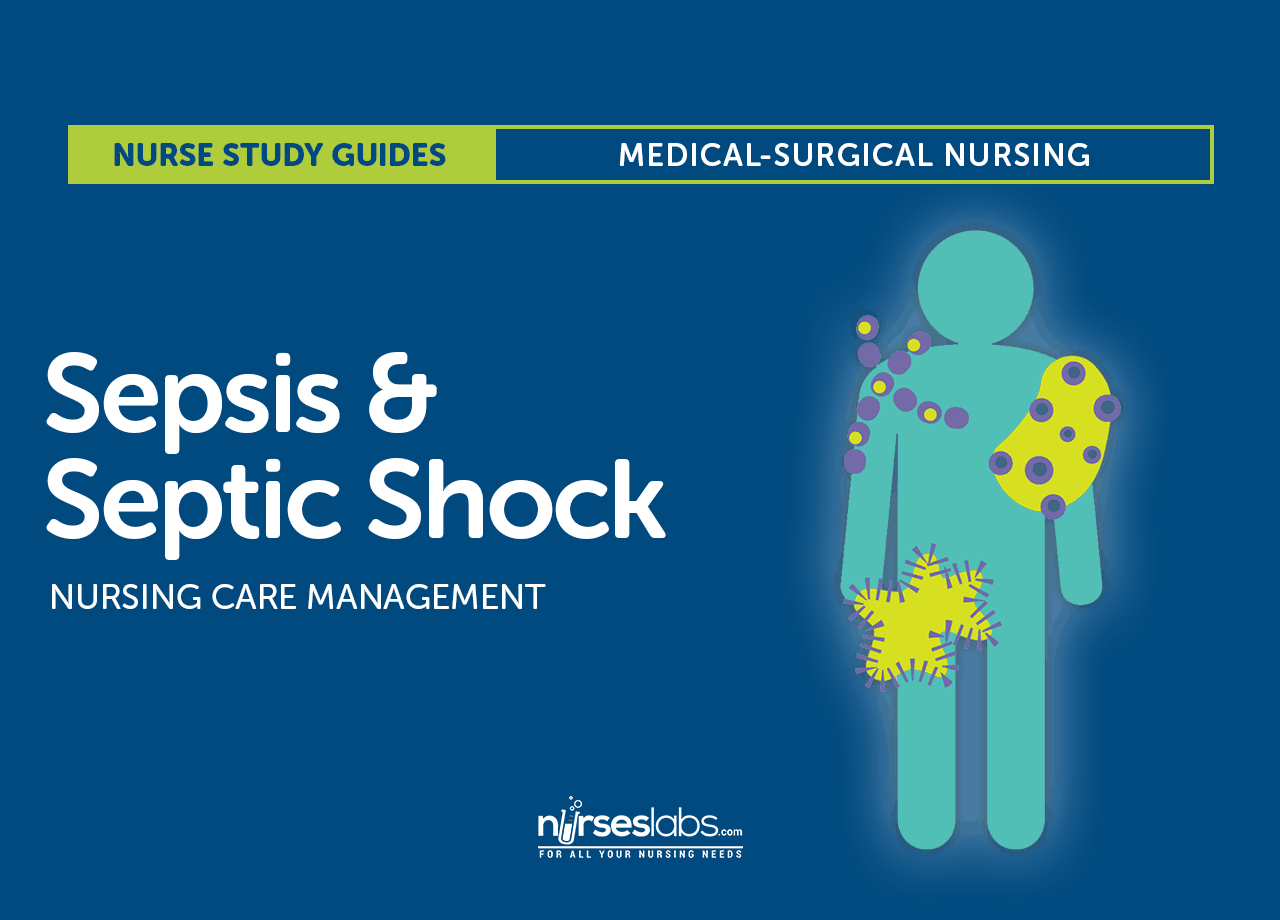


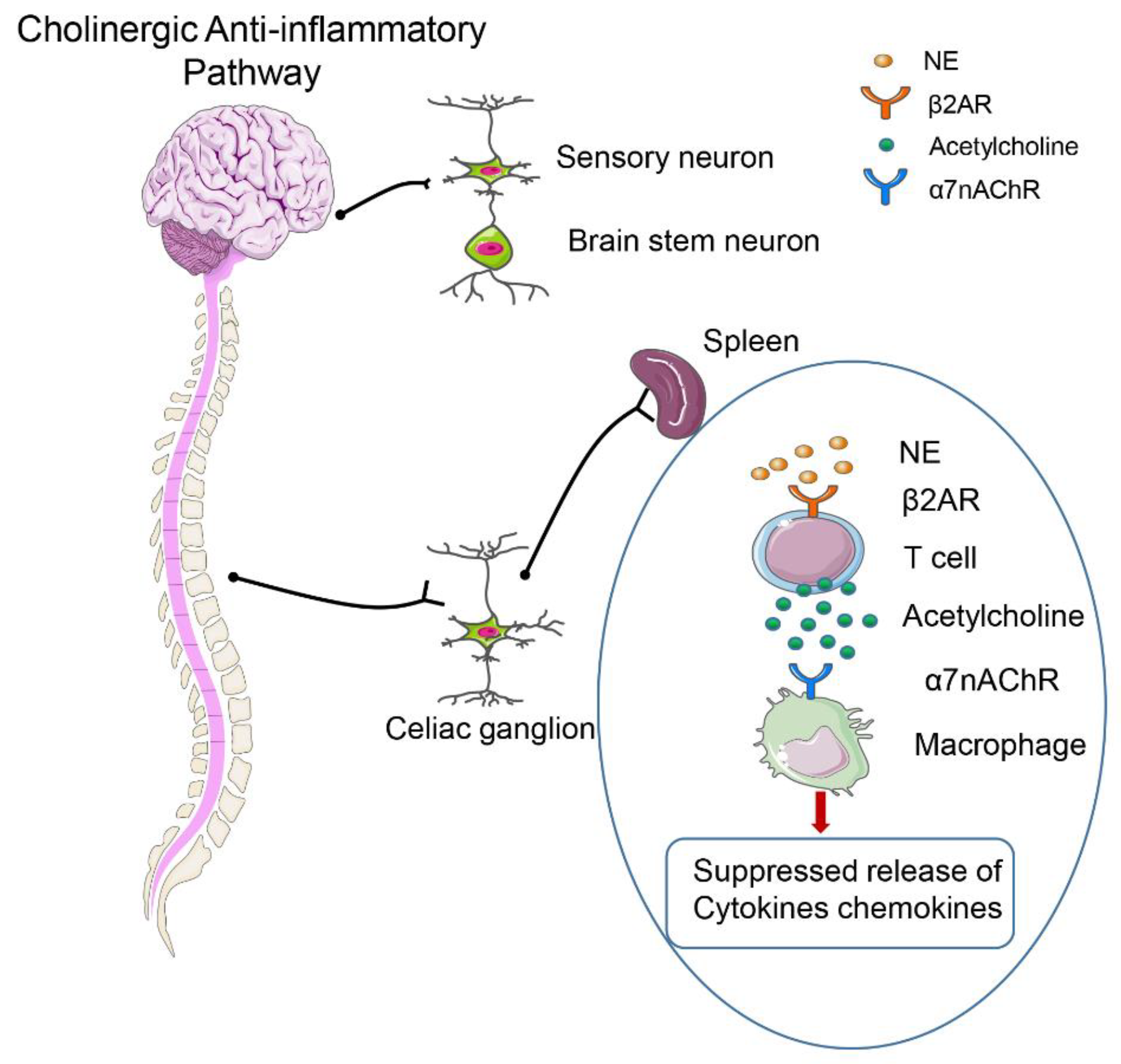
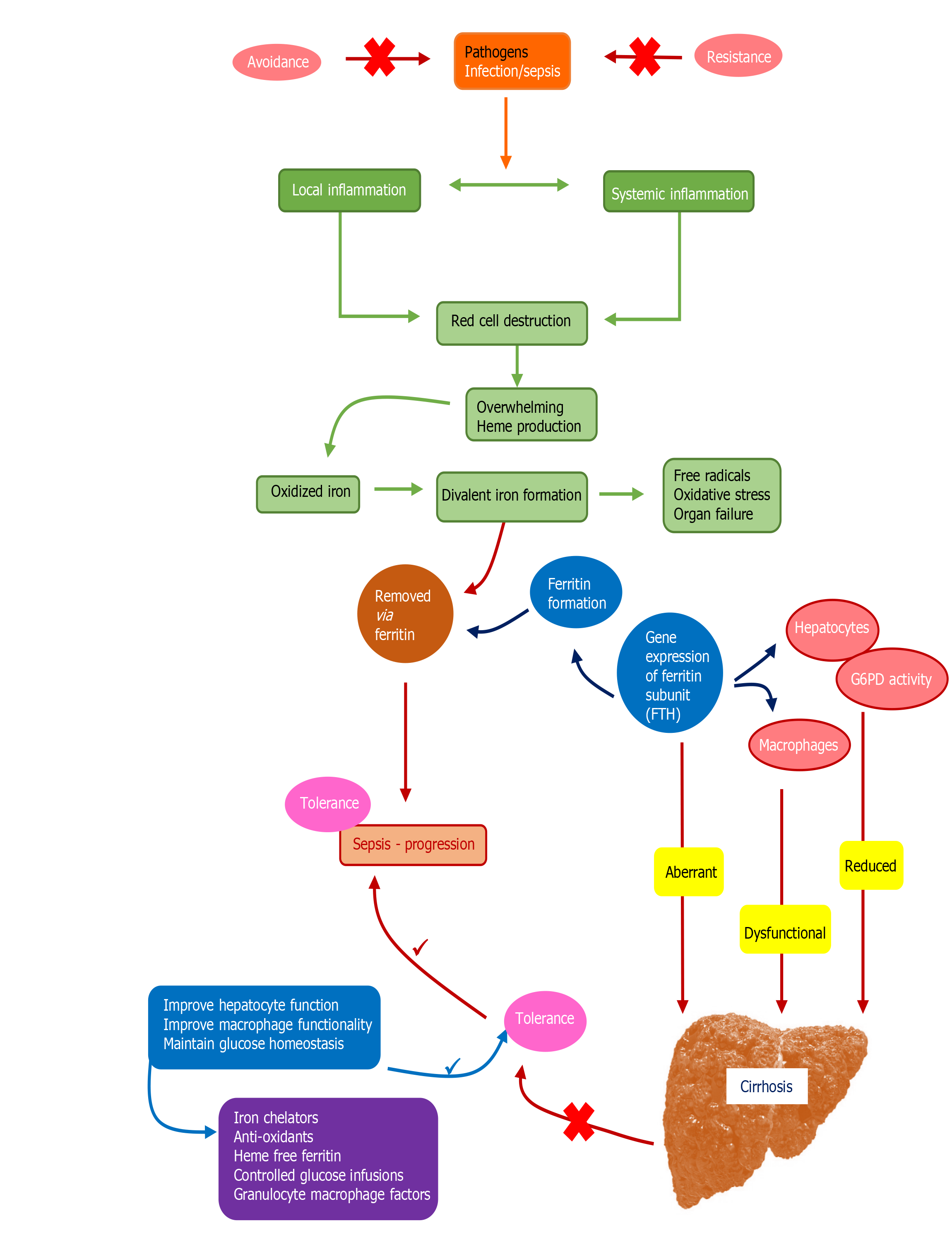
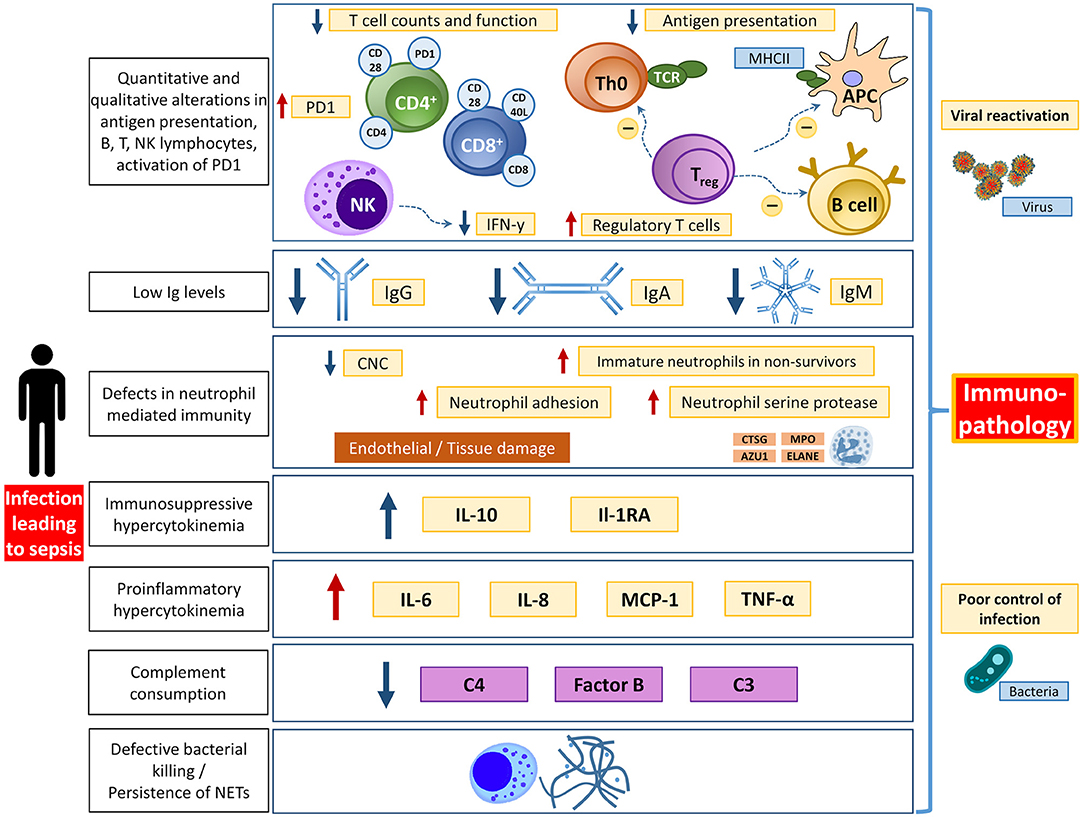




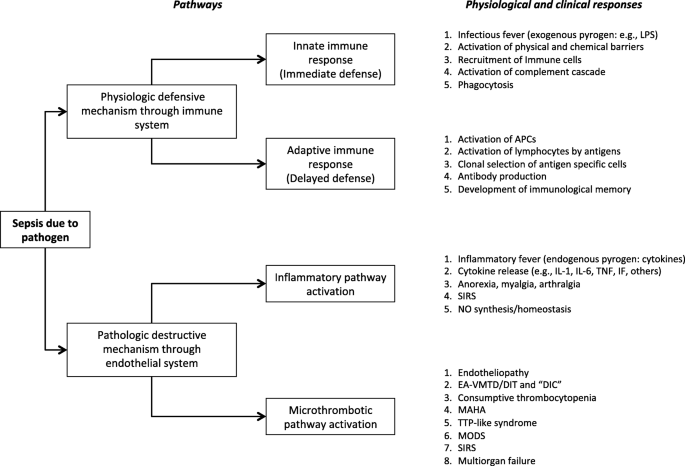
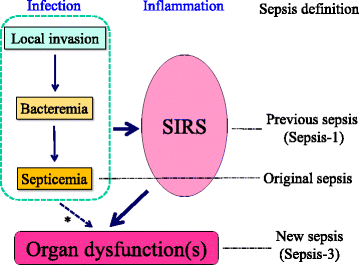




0 Response to "42 Pathophysiology Of Sepsis"
Post a Comment